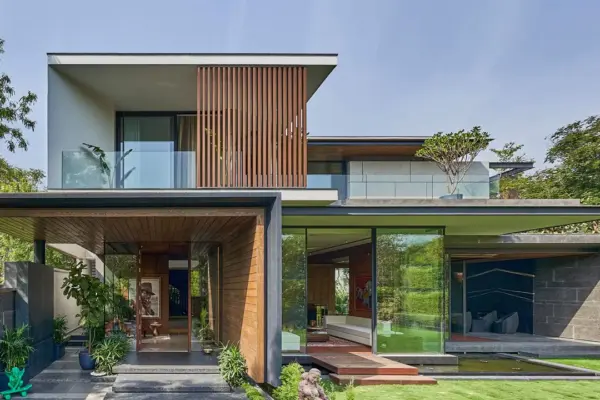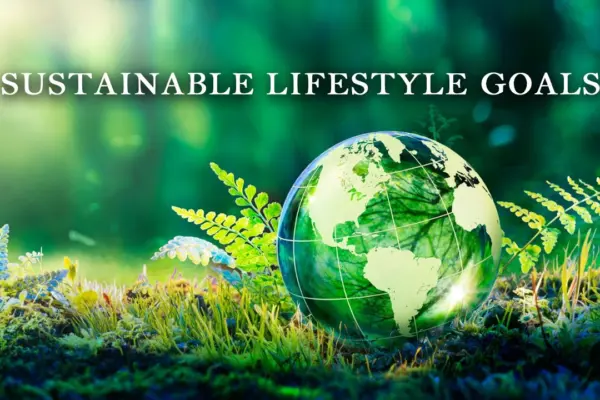10+ Types of Sustainable Homes for Lower Carbon Footprint
Eco-friendly homes are built with sustainability in mind and green updates including renewable energy, sustainable materials and zero-emission features
With rapid urbanization, human settlements are impacting the planet in so many harmful ways that it has become imperative to amend our ways of building. Sustainable housing or green architecture gets its name due to its environmentally safe building designs. There are many types of sustainable homes that can either fully or partially use green energy – such as solar or water, to power themselves.
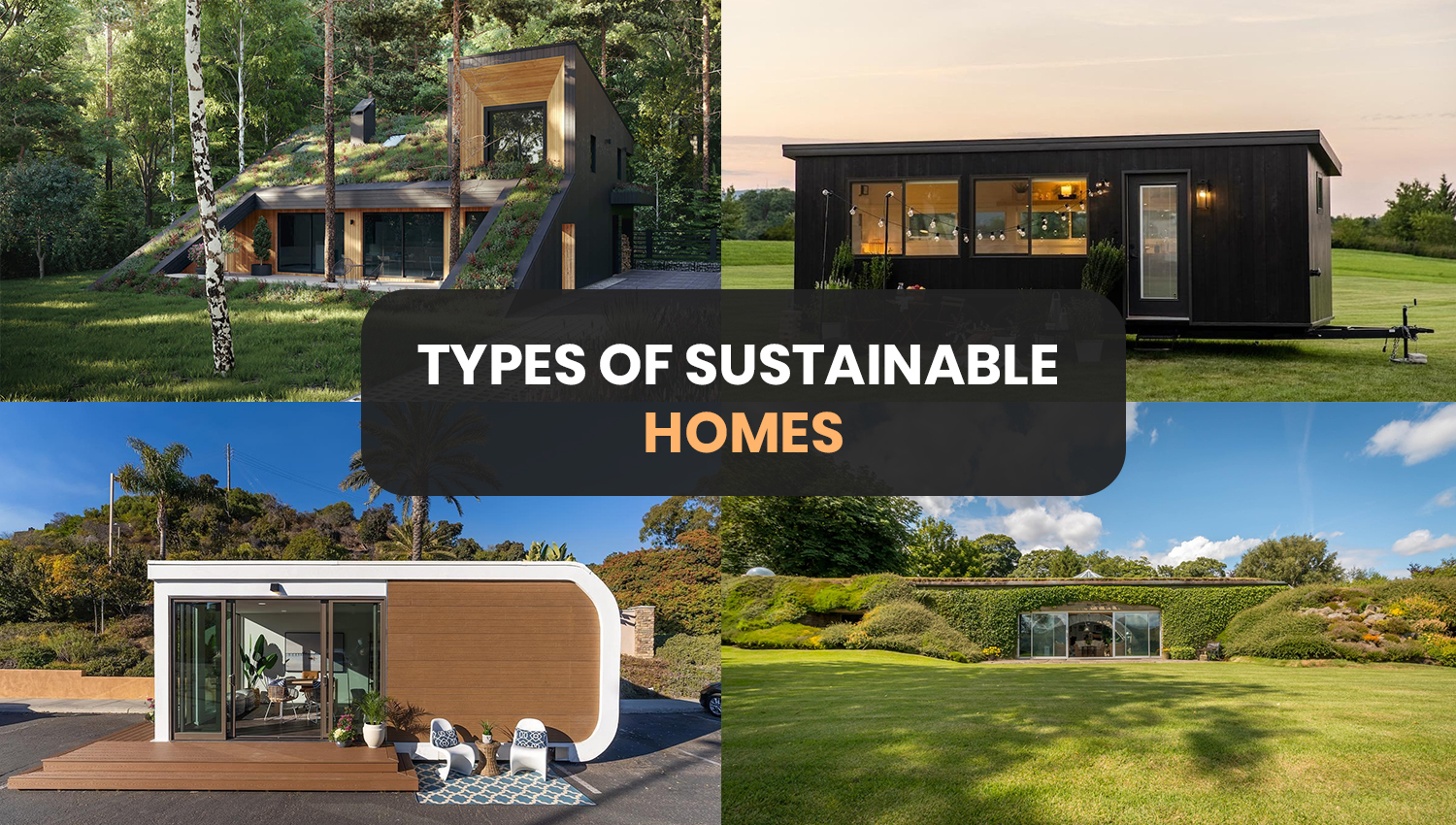
After a long time staying on the sidelines, sustainable homes are now becoming mainstream. Evolving through the past couple of decades, today’s contemporary eco-conscious homes have brilliant usability that blends the best of old and new technologies to offer you a comfortable abode. Here are 12 types of sustainable homes that you should consider to help lower your impact on the environment and surrounding flora and fauna.
Tiny Homes
The tiny house movement is one of the more well-known eco-home trends. These dwellings have an economic and eco-friendly solution to living sustainably. Usually ranging between 100 and 400 square feet, the tiny homes can be mobile dwellings while fitted on a trailer, giving you the ability to live anywhere you want. These homes use less energy and material, utilizing convertible furniture, lofts, and multi-use rooms, renewable energy, and rainwater harvesting to cater to an off-grid and eco-friendly lifestyle.
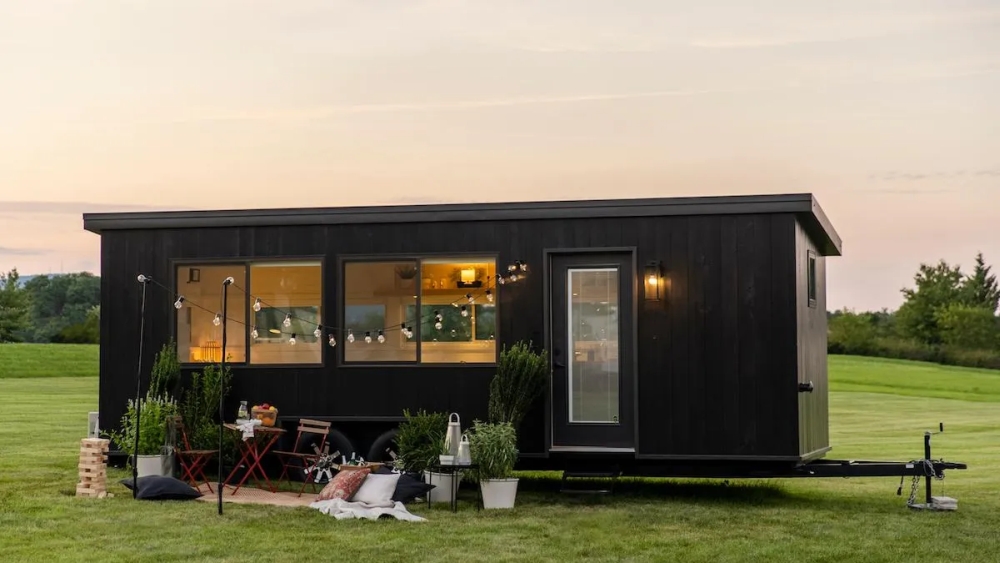
Image: Josiah and Steph Photography
Prefabricated Homes
Prefabricated homes or prefab homes are built ahead of time, off-site and mostly in separate modules. They are then shipped and assembled on-site using already manufactured panels and modules. Many prefab houses come in a sleek, modernist design and in custom-made options. This type of sustainable housing is cost-effective, reduces ecological pressure, is energy-efficient and has fast construction with no waste. Moreover, prefabricated homes are relatively low-maintenance and durable.
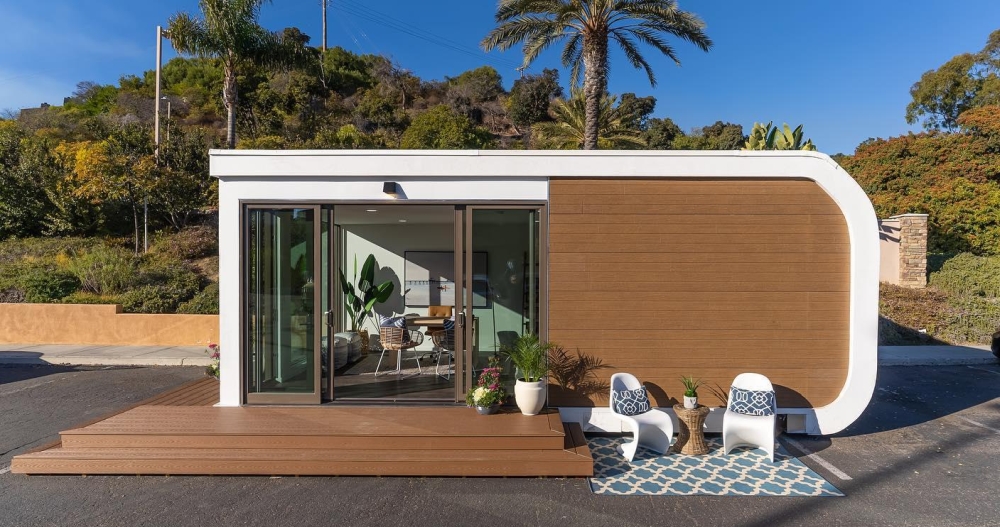
Image: Triple Pundit
Passive Homes
A passive home is an energy-efficient building type with comfortable, environmentally friendly, and affordable structures that require little energy for heating or cooling. This type of home is built on design principles of airtightness, continuous insulation, and high-performance ventilation while reducing environmental impact. Moreover, it can help turn your home into a net-zero or net-positive edifice.
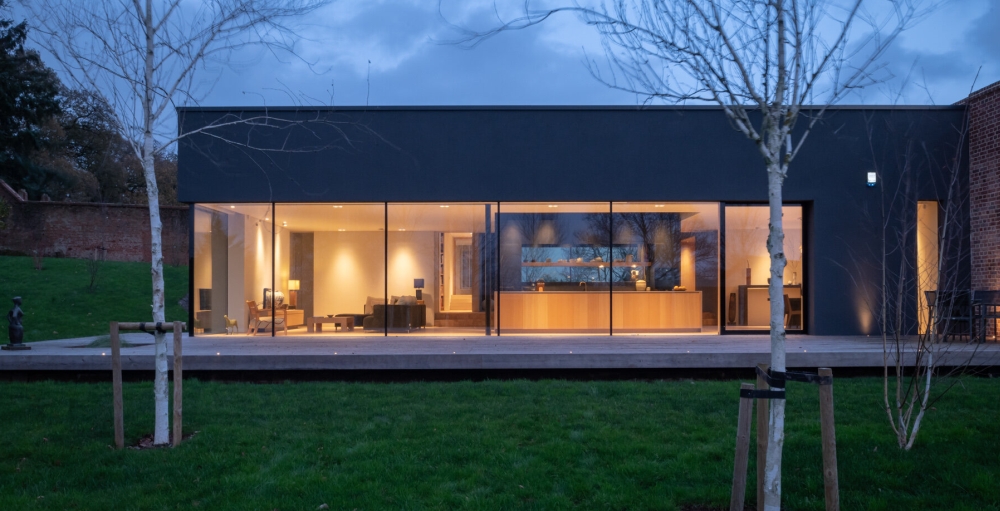
Image: Jim Stephenson
Straw Bale Homes
The straw bale homes are constructed using bales of straw for insulation. This type of home features stacks of straw bales on one another to create walls, posts, and beams and then shielded in plaster. This eco-building alternative provides incredible insulation to lower your energy usage by up to 75 percent. The straw-bale construction provides advantages over conventional building systems including the renewable nature of straw, cost, easy availability, natural fire-retardant, and high insulation value.
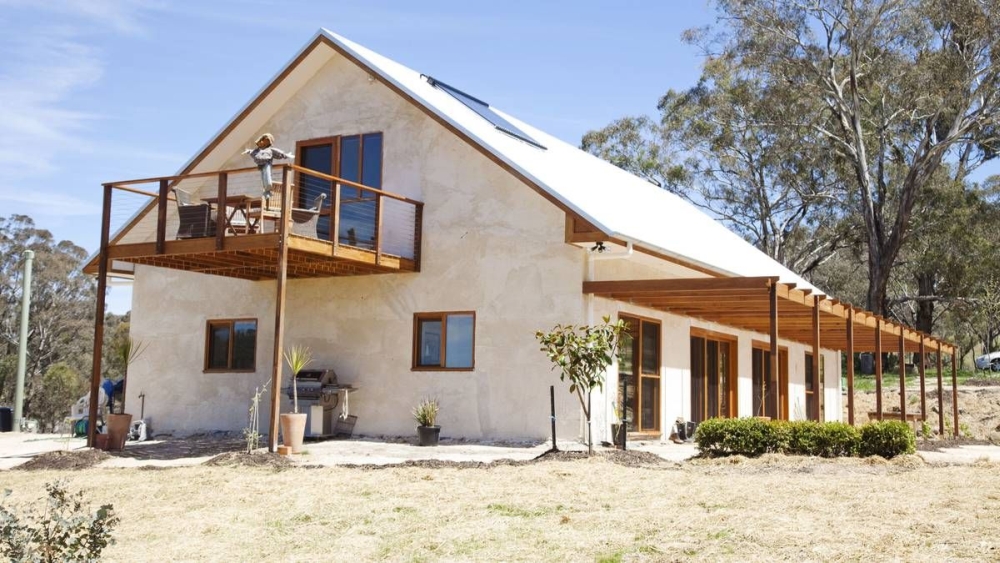
Image: Pinterest
Zero-Carbon Homes
A zero-carbon home is an energy-efficient dwelling that reduces its own energy from renewable sources. These homes are insulated, airtight, and low energy to make themselves carbon-free. It is a fairly new type that is based on new smart technologies and renewable energies. By employing technology and energy conservation/energy harvesting programs, these homes lessen your carbon footprint.
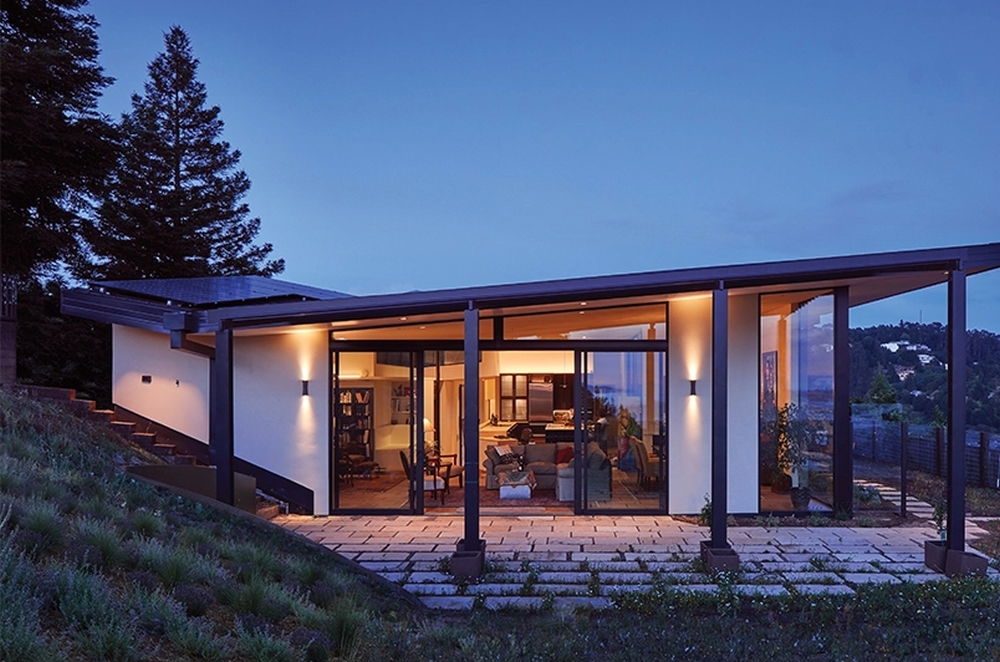
Image: Robb Report
Earthships
An Earthship home is a self-sustaining, off-the-grid unit that is constructed of both natural and recycled materials such as old tires and glass bottles. It is designed to heat and cool itself naturally, harvest solar and wind power, collect rainwater, treat sewage, and produce food. It checks out every eco-friendly box of a structure, reducing your footprint significantly.
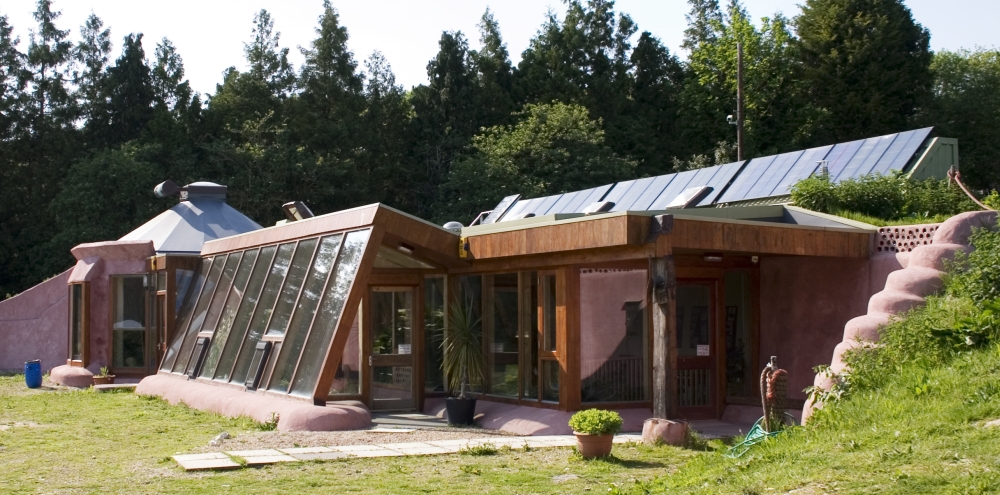
Image: Stunning Earth
Rammed Earth
Rammed earth style features homes built from tightly packed soil. The durability of the rammed earth technique is evident in the Great Wall of China and the Alhambra Palace in Spain, both of which were made using the same method. These homes are low-maintenance, strong, fire and pest resistant, breathable, and insulating. They lower your energy needs and greenhouse gas emission significantly.
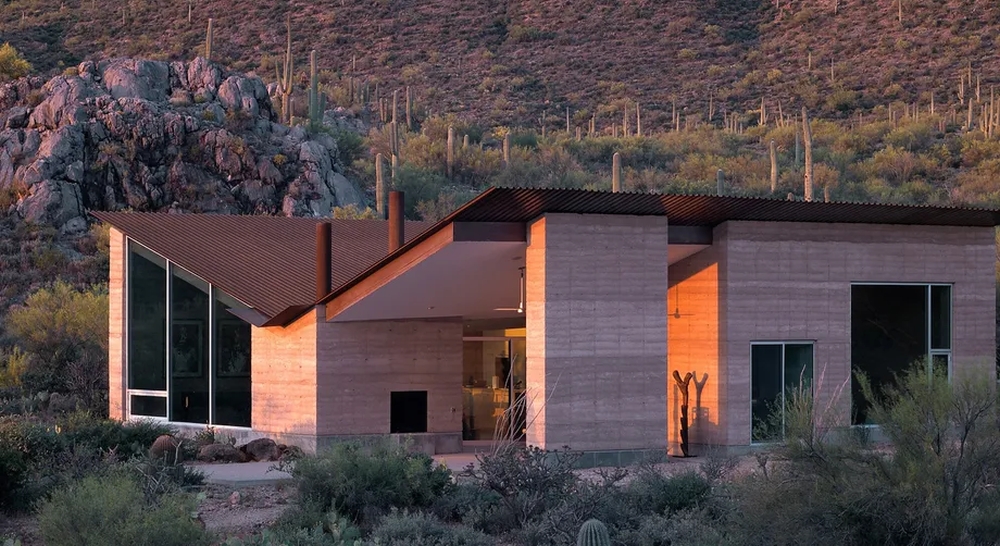
Image: Bill Timmerman
Shipping Container
Shipping container homes have gained immense popularity in the past few years. This type of sustainable home uses steel cargo containers as a structural element. As all shipping containers are of the same size, they can be stacked or pieced together to create a larger building. They are the perfect embodiment of upcycling, and the use of tons of steel from unwanted containers, giving them another lease of life.
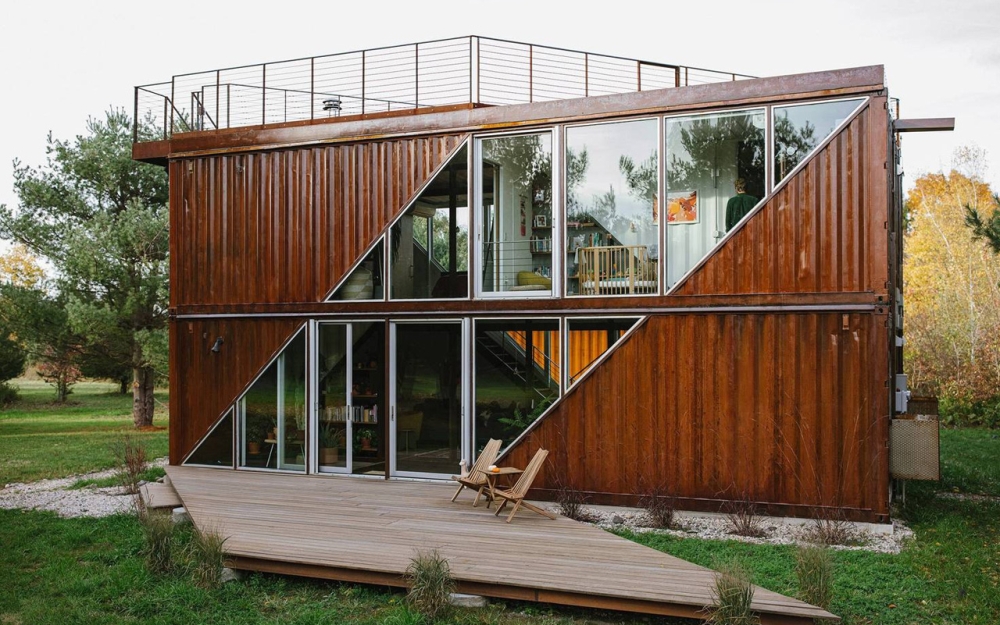
Image: C-Home
Earth Home
Bilbo Baggins’ home from The Hobbit by J. R. R. Tolkien is the perfect example of an earth home. Earth-sheltered or earth-covered homes are built underground with an atrium design to provide windows and glass doors, while most of the structure is below the surface. This design makes them weather-resistant and energy-efficient. These homes are sustainable, durable, low-maintenance, and noise, pest, and fire-resistant. Moreover, they do not obstruct the natural habitat around them.
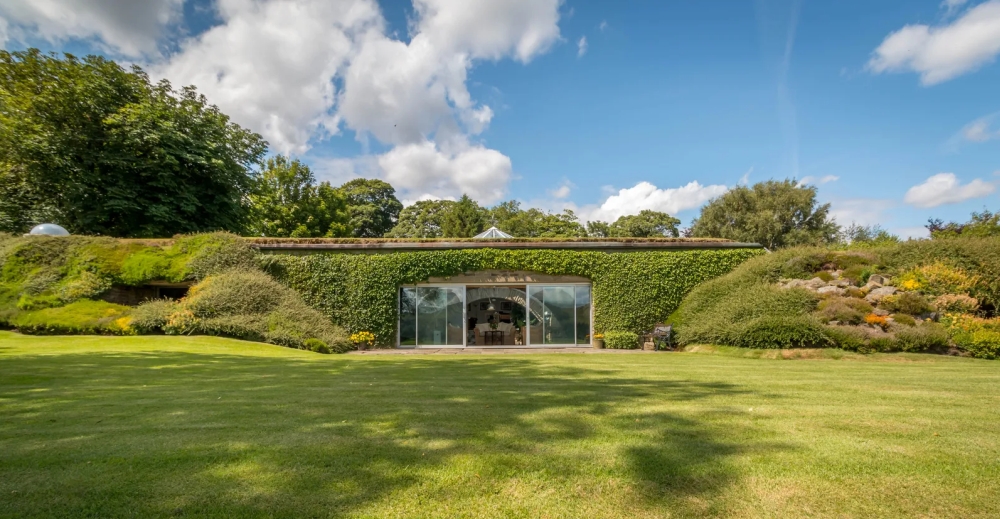
Image: WmSykes.co.uk
LEED-Certified Homes
Any home built with LEED (Leadership in Energy and Environmental Design) standards guarantees a home with the most eco-friendly features possible. These homes focus on energy savings, water efficiency, reduced carbon emissions, lower resource waste, eco-friendly materials, and improved air quality. Moreover, these homes are designed to withstand catastrophic weather.
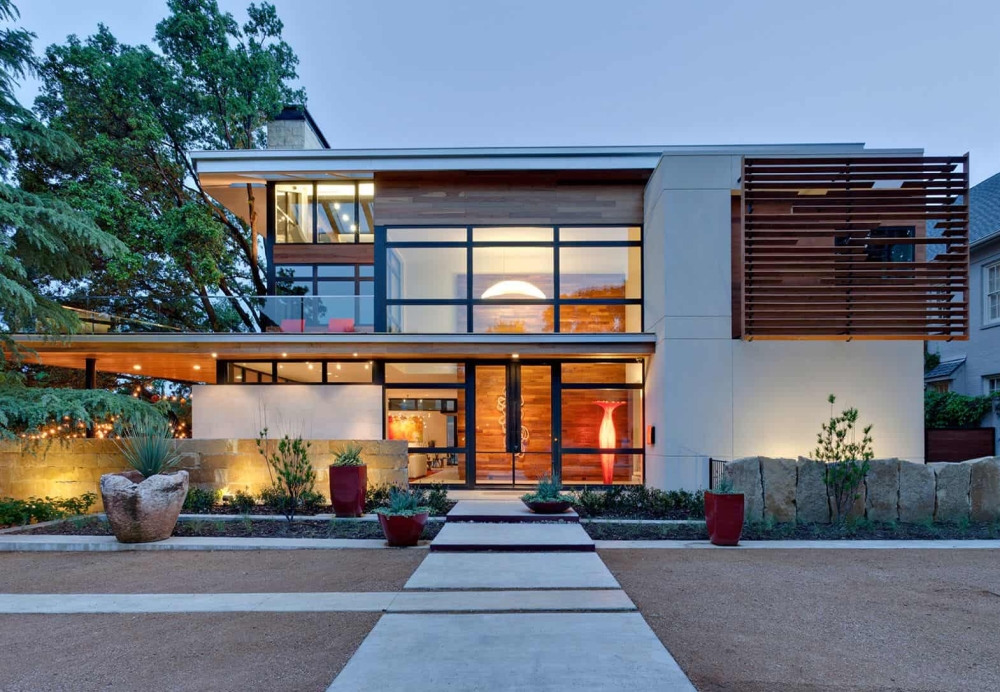
Image: Bret Janek
Green Roofs
Green roof homes are built with roofs that include different varieties of plants. This type of roof building serves many purposes such as absorbing rainwater, providing insulation, saving energy, creating a habitat for wildlife, lower air temperature, and mitigating the heat island effect. It also provides fresh produce for your kitchen. Green roof homes are a perfect way to offset your carbon emissions and increase the durability of your dwelling.
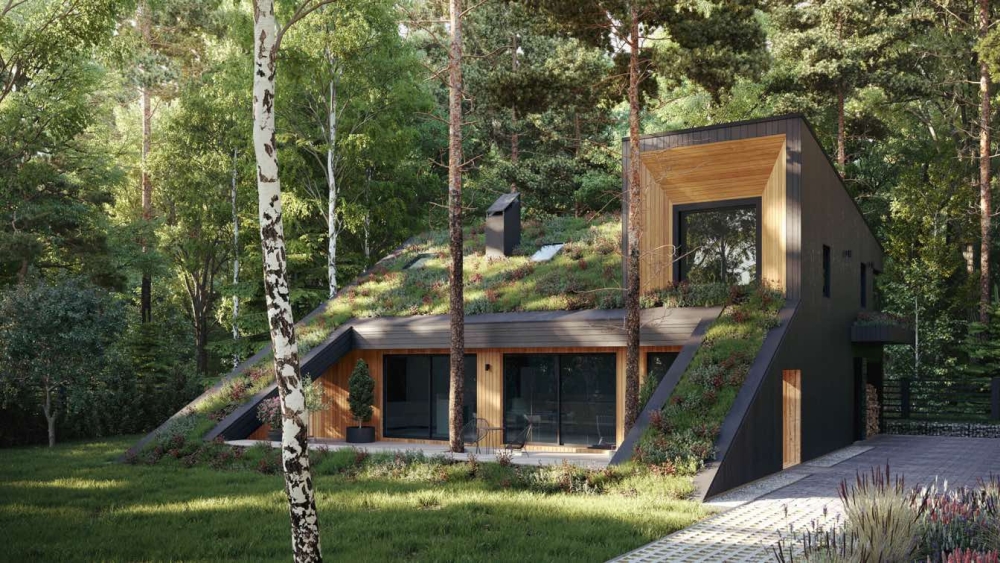
Image: Snegiri Architects
Recycled Modern
Reusing and recycling discarded material into something practical has been seen as weird and unusual in the past. However, recycled modern homes are one of the most sustainable home types. This kind of architecture can use a wide variety of reclaimed and recycled materials including bottles and cans, old tires, and other discarded items. Recycled modern homes reduce construction costs and greenhouse gas emissions, lessen the burden on landfills, and reduce energy usage.
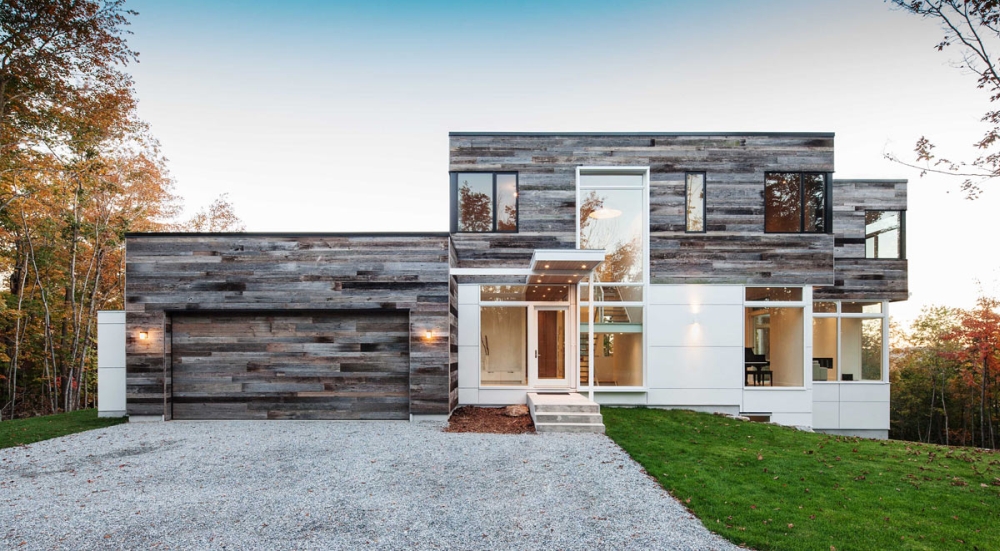
Image: Peter Fritz Photography
